Home>Garden Essentials>What Is A Seed Bomb
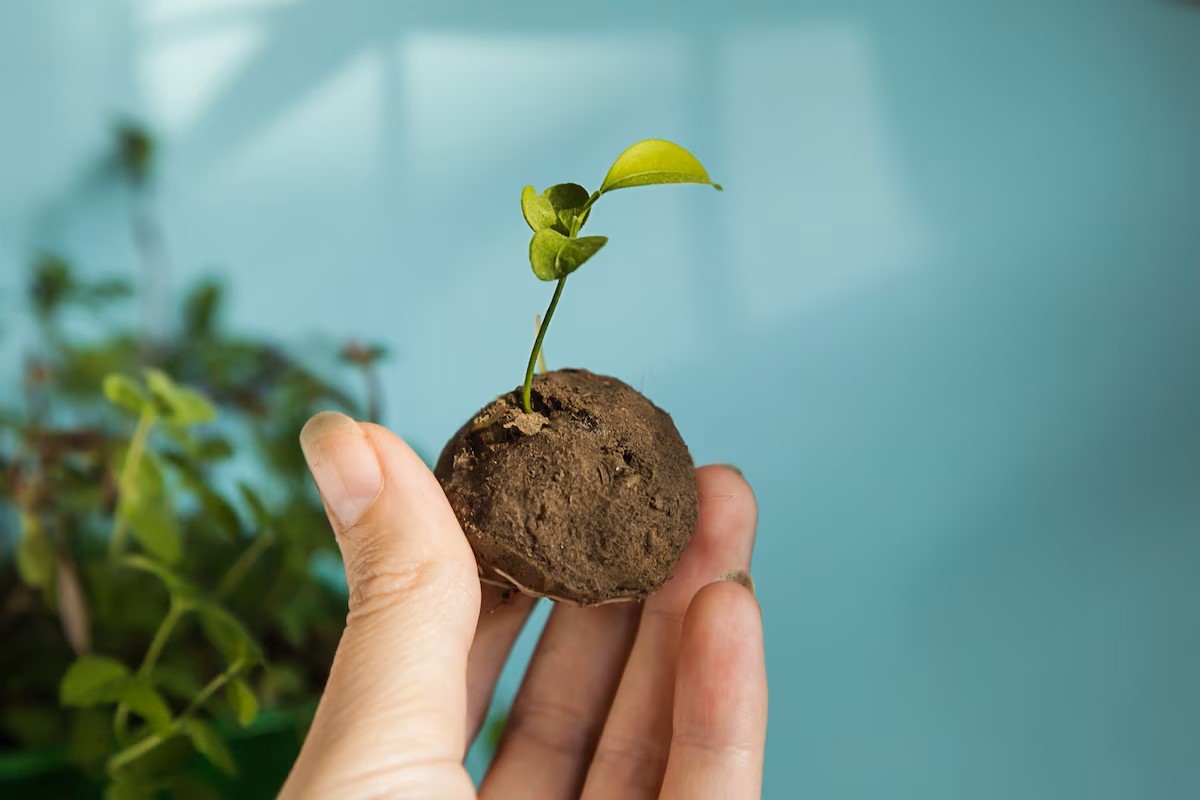

Garden Essentials
What Is A Seed Bomb
Modified: August 16, 2024
Discover the beauty of seed bombs and transform your garden into a vibrant oasis with these simple and eco-friendly gardening solutions. Enhance biodiversity and enjoy the rewards of a flourishing garden.
(Many of the links in this article redirect to a specific reviewed product. Your purchase of these products through affiliate links helps to generate commission for Storables.com, at no extra cost. Learn more)
Introduction
Welcome to the world of gardening! Whether you have a green thumb or are just starting to explore the wonders of plants, you may have heard mention of a fascinating gardening technique called seed bombing. Seed bombs are not only a unique and fun way to grow plants but also an innovative solution for greening urban spaces, rehabilitating landscapes, and promoting biodiversity.
In this article, we will dive into the world of seed bombs, exploring their definition, how they work, and the benefits they offer. We will also provide a step-by-step guide on how to make your own seed bombs and offer some best practices for their use. So, get ready to embark on a journey of transforming barren areas into blossoming gardens with the power of seed bombs!
Key Takeaways:
- Seed bombs are like tiny plant packages that can turn neglected areas into beautiful gardens with minimal effort and maintenance. They’re a fun and eco-friendly way to bring life to urban spaces.
- By making and dispersing seed bombs, you can help restore biodiversity, beautify urban areas, and support local ecosystems. It’s a creative and accessible way to make a positive impact on the environment.
Read more: How To Store Lush Bath Bombs
Definition of a Seed Bomb
A seed bomb, also known as a seed ball or seed grenade, is a small cluster of seeds encased in a mixture of compost, clay, and sometimes additional additives such as water-absorbing polymers. The materials are combined and shaped into small balls or pellets, which are easy to handle and disperse.
The concept of seed bombing dates back centuries, but it gained popularity in modern times as a guerrilla gardening technique. It involves scattering the seed bombs in areas that are otherwise difficult to cultivate, such as vacant lots, roadside verges, or inaccessible spaces in urban environments.
The purpose of a seed bomb is to offer a self-contained environment for seeds to germinate and grow without the need for extensive preparation of the soil. The protective outer layer of the seed bomb helps to retain moisture and protect the seeds from predators and unfavorable conditions. As the seed bomb slowly breaks down, the seeds inside are released and have the opportunity to take root and flourish.
Seed bombs can contain a variety of plant seeds, from wildflowers and grasses to herbs and vegetables. The choice of seeds depends on the desired outcome and the specific environmental conditions of the area where the seed bombs will be used.
In summary, a seed bomb is a compact sphere filled with seeds and a protective mixture that enables easy dispersal and the opportunity for guerrilla gardening in hard-to-reach or neglected areas.
How Seed Bombs Work
Seed bombs work based on the principle of providing an ideal microenvironment for seeds to germinate and grow. When a seed bomb is dispersed in a desired location, several factors come into play that enable the seeds to thrive.
Firstly, the outer layer of the seed bomb, usually consisting of a mixture of clay and compost, acts as a protective barrier. It helps to retain moisture, shielding the seeds from drying out and protecting them from harsh weather conditions. This protective layer also deters birds and other seed predators from consuming the seeds.
Secondly, the compost component of the seed bomb provides essential nutrients to the soil, giving the seeds a head start in terms of nourishment. This nutrient-rich environment promotes healthy seedling growth and root development.
Thirdly, when the seed bomb absorbs water, either through rainfall or watering, it softens and begins to disintegrate. This gradual breakdown allows the seeds to be released, creating pockets within the soil where they can germinate and establish roots.
Once the seeds are released, they require minimal intervention to grow. They rely on natural processes like rain, sunlight, and soil moisture to provide the necessary conditions for growth. Over time, the seeds sprout, sending out roots and shoots, eventually transforming the area into a vibrant garden or meadow.
Seed bombs can be particularly effective in areas where the soil is compacted or lacks nutrients. By introducing a concentrated mixture of compost and seeds, they provide an instant boost to the soil and increase the chances of successful germination and plant establishment.
Moreover, seed bombs contribute to biodiversity conservation by allowing the growth of native plants and wildflowers. They attract pollinators such as bees and butterflies, helping to support local ecosystems and enhance overall biodiversity.
In summary, seed bombs create a nurturing environment for seeds, protecting them from harsh conditions, providing nutrients, and facilitating their release into the soil. They are a clever and efficient way to jumpstart the growth of plants in challenging or neglected areas.
Benefits of Seed Bombs
Seed bombs offer a range of benefits for both the environment and the people who use them. Let’s take a closer look at some of these advantages:
1. Ecological Restoration: Seed bombs play a vital role in rehabilitating degraded or abandoned areas. By introducing a variety of plant species, they help restore biodiversity and create habitats for insects, birds, and other wildlife. This can contribute to the overall health and resilience of ecosystems.
2. Urban Beautification: Seed bombs are a fantastic tool for transforming urban spaces into green oases. They can be used to convert vacant lots, medians, and other neglected or blighted areas into vibrant gardens or meadows. The increased vegetation not only adds visual appeal but also helps to combat the urban heat island effect and purify the air.
3. Low Maintenance Gardening: Seed bombs require minimal effort and upkeep. Once dispersed, they rely on natural processes to grow, reducing the need for constant watering, weeding, and fertilizing. This makes them an ideal option for individuals with limited time or those looking for a low-maintenance gardening solution.
4. Increased Biodiversity: Seed bombs typically contain a mix of native plant species, which are well-suited to the local environment. By promoting the growth of these species, seed bombs help to restore and preserve native biodiversity. They also attract pollinators, such as bees and butterflies, essential for the reproduction of many plant species.
5. Education and Awareness: Seed bombs can be used as an educational tool to raise awareness about the importance of plants, conservation, and sustainability. They provide an opportunity to engage people of all ages in hands-on activities related to gardening and environmental stewardship.
6. Versatility: Seed bombs can be adapted to various situations and goals. Whether you want to create a wildflower meadow, an herb garden, or a vegetable patch, the choice of seeds can be customized to your preferences and the specific environment where the seed bombs will be used.
7. Cost-Effective: Making seed bombs can be an affordable way to beautify and improve the environment. The materials needed are often inexpensive and readily available. By making your own seed bombs, you can also save money on buying pre-made seed bombs.
In summary, seed bombs offer numerous benefits including ecological restoration, urban beautification, low maintenance gardening, increased biodiversity, educational opportunities, versatility, and cost-effectiveness. They are a powerful tool for transforming and enhancing our surroundings while promoting sustainable practices and fostering a deeper connection with nature.
When making seed bombs, use a mix of native wildflower seeds, clay, and compost to help the seeds germinate and grow. Aim to throw the seed bombs in areas that could use more plant life, like empty lots or along roadsides.
How to Make a Seed Bomb
Making seed bombs is a fun and rewarding activity that allows you to be part of the greening movement. With just a few simple ingredients, you can create your own seed bombs and contribute to the growth of beautiful plants. Here’s a step-by-step guide to making seed bombs:
1. Gather Your Materials:
- Clay: Choose a natural clay, like red or terracotta clay, which can be found at arts and crafts stores or online.
- Compost: Use organic compost to provide the seeds with nutrients. If you don’t have compost, you can also use potting soil.
- Seeds: Select the seeds you want to use based on your preferences and the environment where the seed bombs will be dispersed. Choose native plant species or wildflowers for best results.
- Water: You’ll need water to moisten the clay and help it bind with the other ingredients.
2. Prepare the Mixture:
- In a bowl, mix together equal parts clay and compost. The amount will depend on how many seed bombs you want to make.
- Add the seeds to the mixture and gently stir. Make sure the seeds are evenly distributed throughout the mixture.
- Gradually add water to the mixture while kneading it with your hands. Continue to add water as needed until the mixture holds together without crumbling.
3. Form the Seed Bombs:
- Take a small portion of the mixture and roll it into a ball between your palms. The size of the seed bomb can vary, but aim for a diameter of about one inch.
- Place the seed bombs on a tray or baking sheet lined with parchment paper to dry. Allow them to dry for 24-48 hours or until they harden.
4. Store and Disperse:
- Store the seed bombs in a cool, dry place until you are ready to use them. They can be stored for several months if kept in an airtight container.
- To disperse the seed bombs, simply toss or place them in areas where you want the plants to grow. Aim for spots that have bare soil or areas that could benefit from some vegetation.
- Be mindful of local regulations and seek permission when dispersing seed bombs in public spaces.
5. Patience and Observation:
Once you’ve dispersed the seed bombs, all that’s left to do is wait and observe. Keep an eye on the areas where you distributed the seed bombs and eventually, you’ll see sprouts and the transformation of the landscape.
Remember to choose suitable seed species for the specific environment to increase the chances of successful germination and growth.
Making seed bombs is a wonderful way to contribute to the natural world and leave behind a trail of beauty. Get creative, involve your friends and family, and have fun making seed bombs that will bring life to unused spaces!
Read also: 11 Best Scent Bomb Air Freshener For 2025
Best Practices for Using Seed Bombs
While seed bombs are a fantastic way to enhance the environment and bring life to neglected spaces, there are a few best practices to follow to ensure their success. By considering these tips, you can maximize the effectiveness of your seed bombs and promote healthy plant growth:
1. Choose Native or Adaptive Seeds: Select seeds that are native to your region or adapt well to the local climate and soil conditions. Native plants are more likely to thrive and support local biodiversity, while adaptive plants can withstand varying environmental factors.
2. Consider Sunlight Requirements: Pay attention to the sunlight requirements of the seeds you are using. Ensure that the target area receives adequate sunlight for the selected plant species to grow successfully.
3. Timing is Key: Timing plays a crucial role in seed bomb success. Disperse the seed bombs during the appropriate season for the seeds you are using. Some seeds prefer to germinate in spring, while others thrive in the fall. Research the optimal timing for your chosen seeds to maximize their chances of germination.
4. Prepare the Soil: While seed bombs are designed to work in various types of soil, it’s helpful to prepare the area before dispersing them. Clear away any debris or invasive vegetation, loosen the top layer of soil, and remove any competing plants that might hinder the growth of the new seedlings.
5. Adequate Watering: After dispersing the seed bombs, ensure they receive enough water to keep the soil moist. This is especially important during the germination period. Monitor the moisture level of the soil and provide additional water if necessary, especially in dry or arid regions.
6. Regular Monitoring and Maintenance: Keep an eye on the areas where you have dispersed the seed bombs. Monitor the growth of the seedlings, remove any weeds that may compete with the plants, and provide additional care if needed. Regular maintenance will help ensure the long-term success of the seed bomb project.
7. Focus on Diverse Plantings: To create a healthy and resilient ecosystem, aim to include a diverse selection of plant species in your seed bombs. This will attract a wide range of pollinators and provide a balanced habitat for various creatures.
8. Observe Local Regulations: Before dispersing seed bombs in public spaces or private properties, be sure to check local regulations and seek permission if necessary. Respect the rules and guidelines to avoid any unintended consequences or disruptions to the local environment.
9. Educate and Inform: Share the knowledge and experience of seed bombing with others. Spread the word about the benefits of using seed bombs and inspire others to join in the effort of transforming unused spaces into thriving ecosystems.
By following these best practices, you can increase the effectiveness and success rate of your seed bombs, promote the growth of healthy plants, and make a positive impact on the environment.
Examples of Seed Bomb Usage
Seed bombs have been employed in various settings and for different purposes, showcasing their versatility and potential for making a significant impact on the environment. Here are a few examples of seed bomb usage:
1. Urban Parks and Gardens: Seed bombs are frequently utilized to transform underutilized or neglected areas in urban parks and community gardens. By dispersing seed bombs in these spaces, vibrant flowers, native grasses, and even edible plants can be grown, creating beautiful landscapes and promoting community engagement.
2. Roadside Verges and Medians: Seed bombs have been used to revitalize roadside verges and medians. Bare patches of soil, often prone to erosion, can benefit from the introduction of plant species that promote stability and prevent runoff. Native wildflowers and grasses can be seeded using seed bombs to enhance the visual appeal and biodiversity of these areas.
3. Rooftop and Vertical Gardens: Seed bombs offer a practical and innovative solution for rooftop and vertical gardens. These areas often face challenges such as limited soil depth and access. By using seed bombs, various plant species, including drought-tolerant ones, can be introduced to these spaces, creating lush green environments that improve air quality and provide insulation.
4. Ecological Restoration Projects: Ecological restoration efforts, such as the rehabilitation of degraded landscapes or the rehabilitation of areas affected by wildfires or mining activities, can benefit from the use of seed bombs. Native plant species can be reintroduced to these areas to kickstart the regeneration process and restore biodiversity.
5. Wildflower Meadows: Seed bombs are commonly used to establish wildflower meadows. These meadows attract pollinators, provide habitat for wildlife, and offer a burst of color and beauty. Seed bombs allow for easy dispersion of a variety of wildflower seeds, creating a stunning display and contributing to the conservation of native plant species.
6. Guerrilla Gardening: Seed bombing has become synonymous with guerrilla gardening, which involves reclaiming neglected or abandoned spaces with plants. Guerrilla gardeners use seed bombs to covertly distribute seeds in urban areas, bringing life and nature to otherwise barren places, and fostering a sense of community and activism.
7. School and Educational Projects: Seed bombs are popular in school and educational projects. They offer a hands-on experience for students to learn about plant growth, ecology, and environmental stewardship. Seed bombs can be made and dispersed within the school grounds or in nearby areas, allowing students to witness the transformation they helped initiate.
These examples illustrate the diverse applications of seed bombs in various contexts, from urban landscapes to restoration projects and education initiatives. The adaptability of seed bombs makes them a powerful tool for creating positive change and instilling a love for nature.
Conclusion
Seed bombing, with its whimsical name and simple technique, has the power to transform neglected landscapes, promote biodiversity, and engage communities in the greening of their surroundings. This innovative method of dispersing seeds in a protective casing has gained popularity in both urban and rural settings, offering a convenient and effective way to grow plants in challenging environments.
Throughout this article, we explored the definition of seed bombs and how they work. We discovered the numerous benefits they bring, including ecological restoration, urban beautification, low maintenance gardening, increased biodiversity, educational opportunities, versatility, and cost-effectiveness. Seed bombs not only provide a quick and easy solution for transforming barren areas but also offer a sustainable way to promote native plant growth and support local ecosystems.
By following the best practices outlined, such as choosing appropriate seeds, timing the dispersal, preparing the soil, and providing adequate care, you can ensure the success of your seed bombing projects. Whether you are brightening up an urban park, rejuvenating a neglected roadside, or enhancing a rooftop garden, seed bombs offer a creative and accessible approach to make a positive impact on our natural environment.
Furthermore, we explored various examples of seed bomb usage, from urban parks and gardens to ecological restoration projects and guerrilla gardening endeavors. These examples highlight the versatility of seed bombs and the potential they hold for transforming both public spaces and individual landscapes. Whether you’re a gardener, a conservationist, or someone looking to beautify their surroundings, seed bombs provide an opportunity to actively contribute to the preservation and enhancement of our natural world.
In conclusion, seed bombing is a dynamic and engaging technique that combines practicality with environmental stewardship. The act of dispersing seed bombs allows us to reclaim neglected spaces, foster biodiversity, and create beautiful and sustainable landscapes. So, grab some clay, compost, and seeds, and join the growing movement of seed bombing to make a difference, one seed bomb at a time!
Frequently Asked Questions about What Is A Seed Bomb
Was this page helpful?
At Storables.com, we guarantee accurate and reliable information. Our content, validated by Expert Board Contributors, is crafted following stringent Editorial Policies. We're committed to providing you with well-researched, expert-backed insights for all your informational needs.

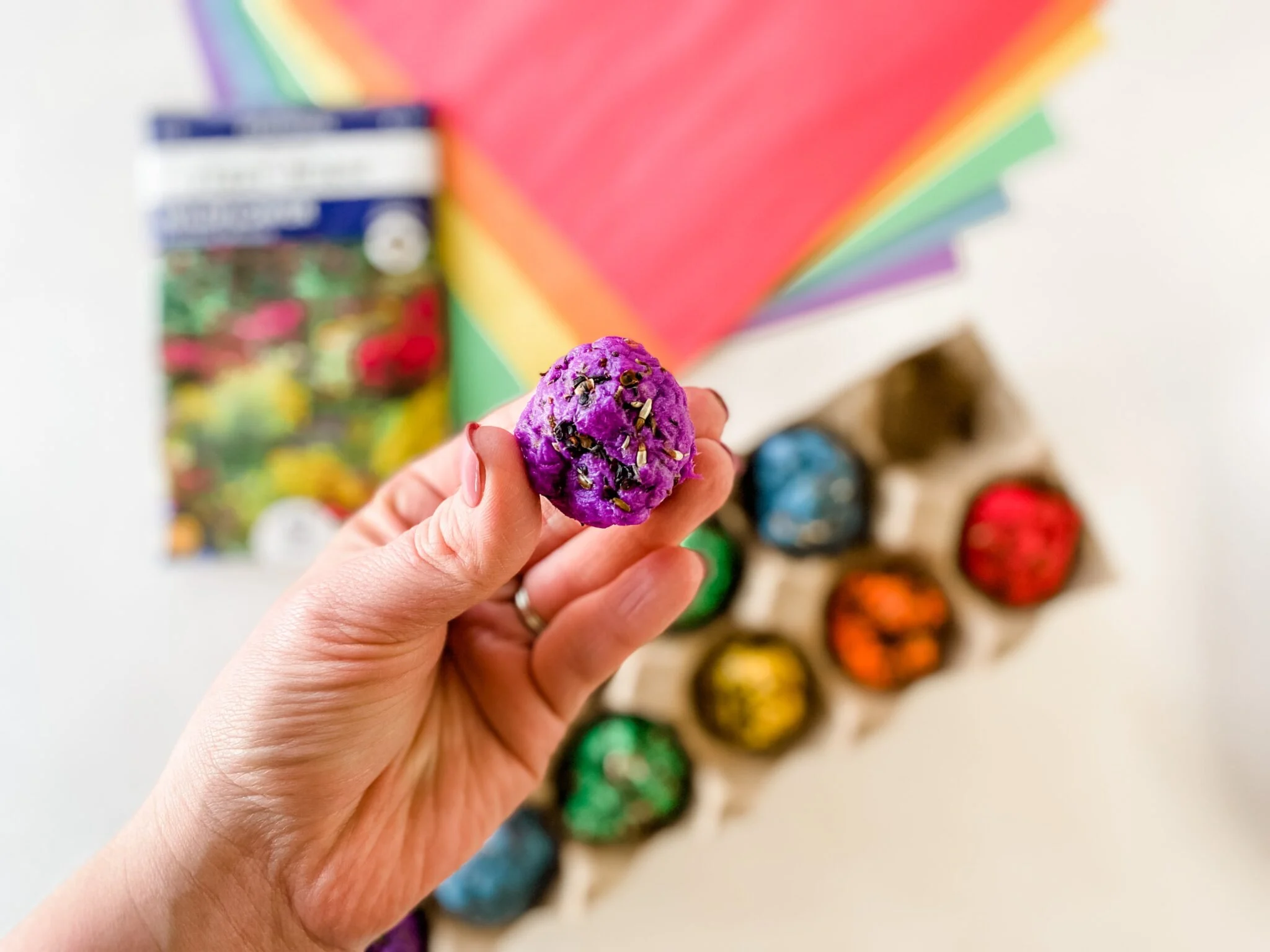


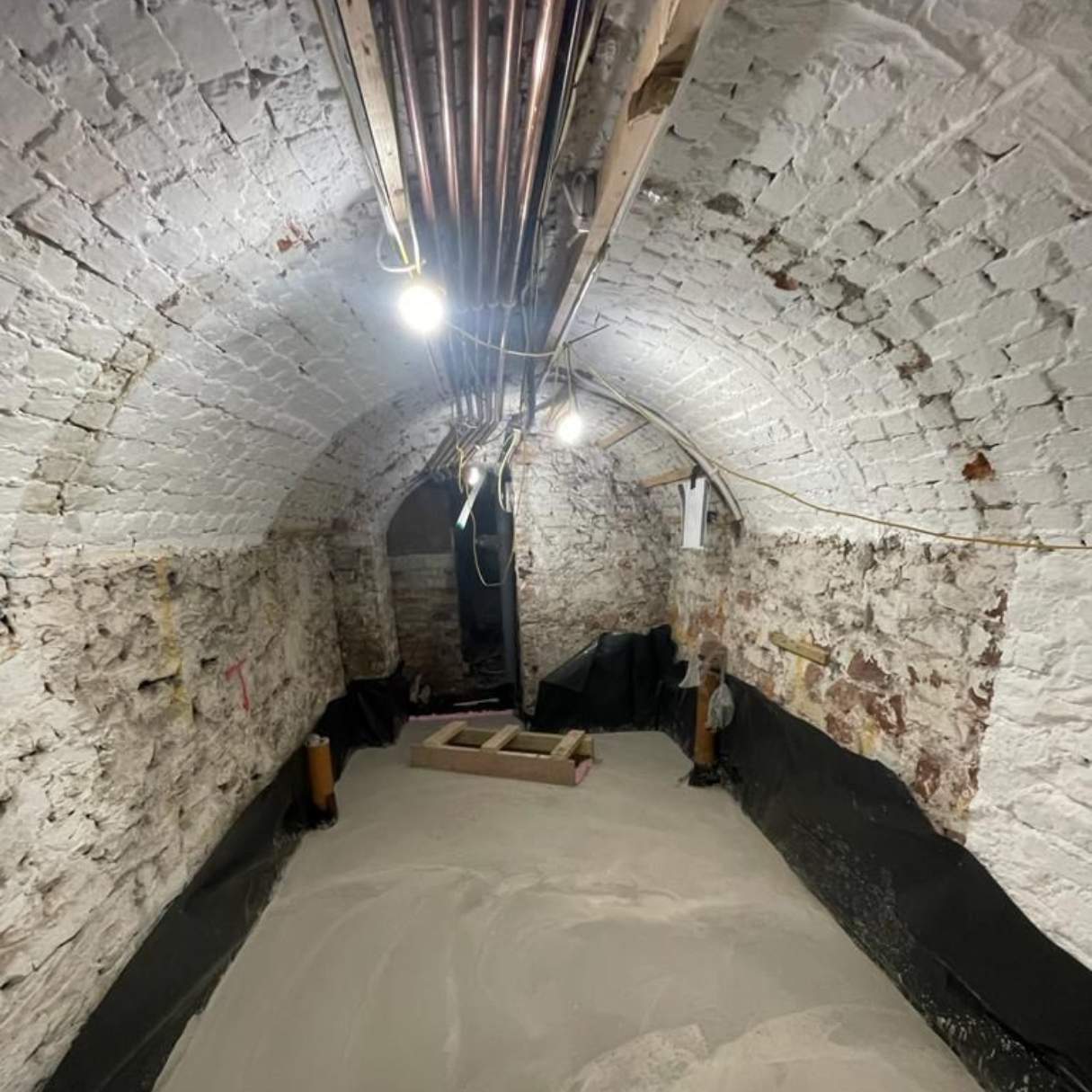
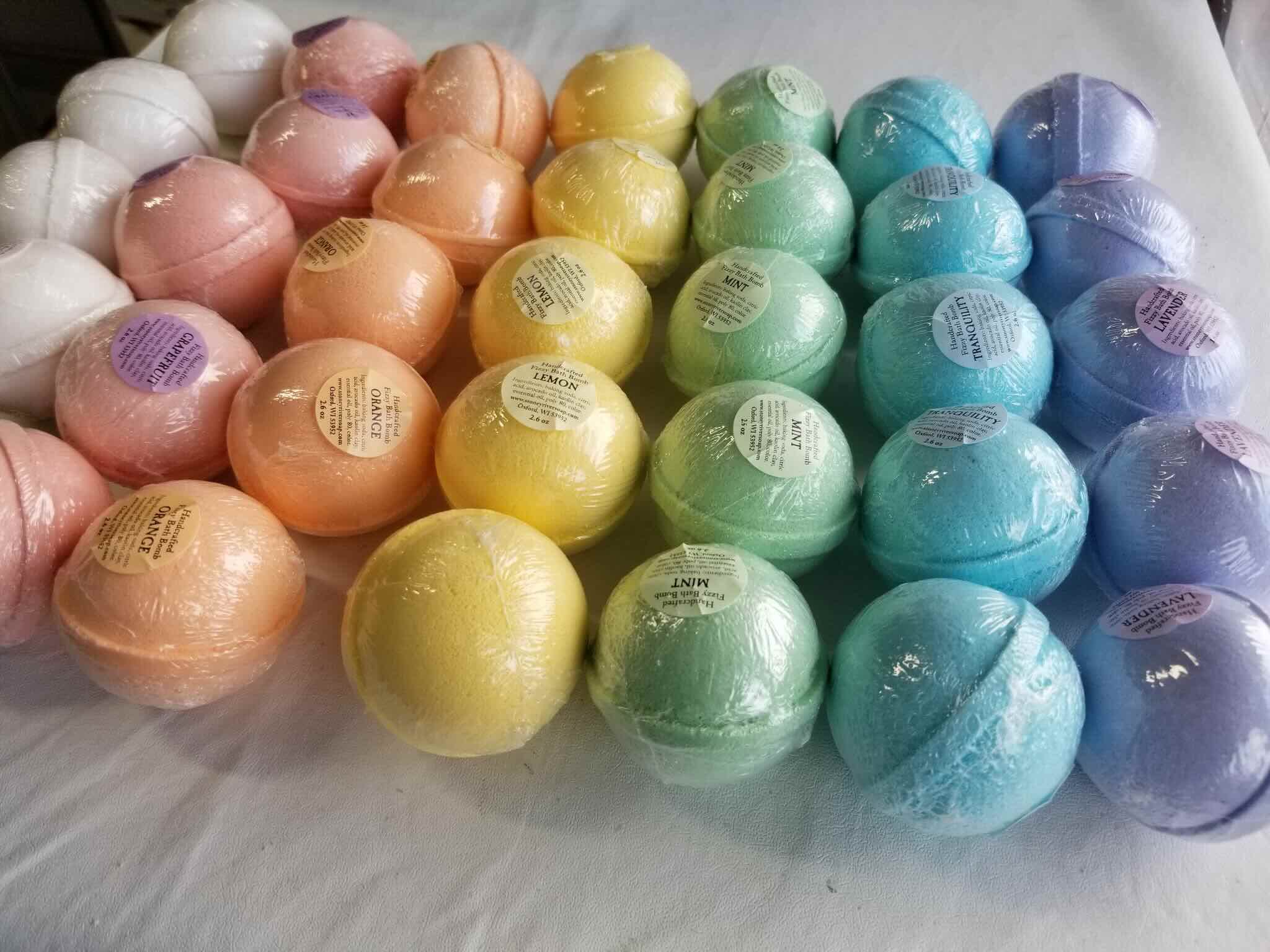
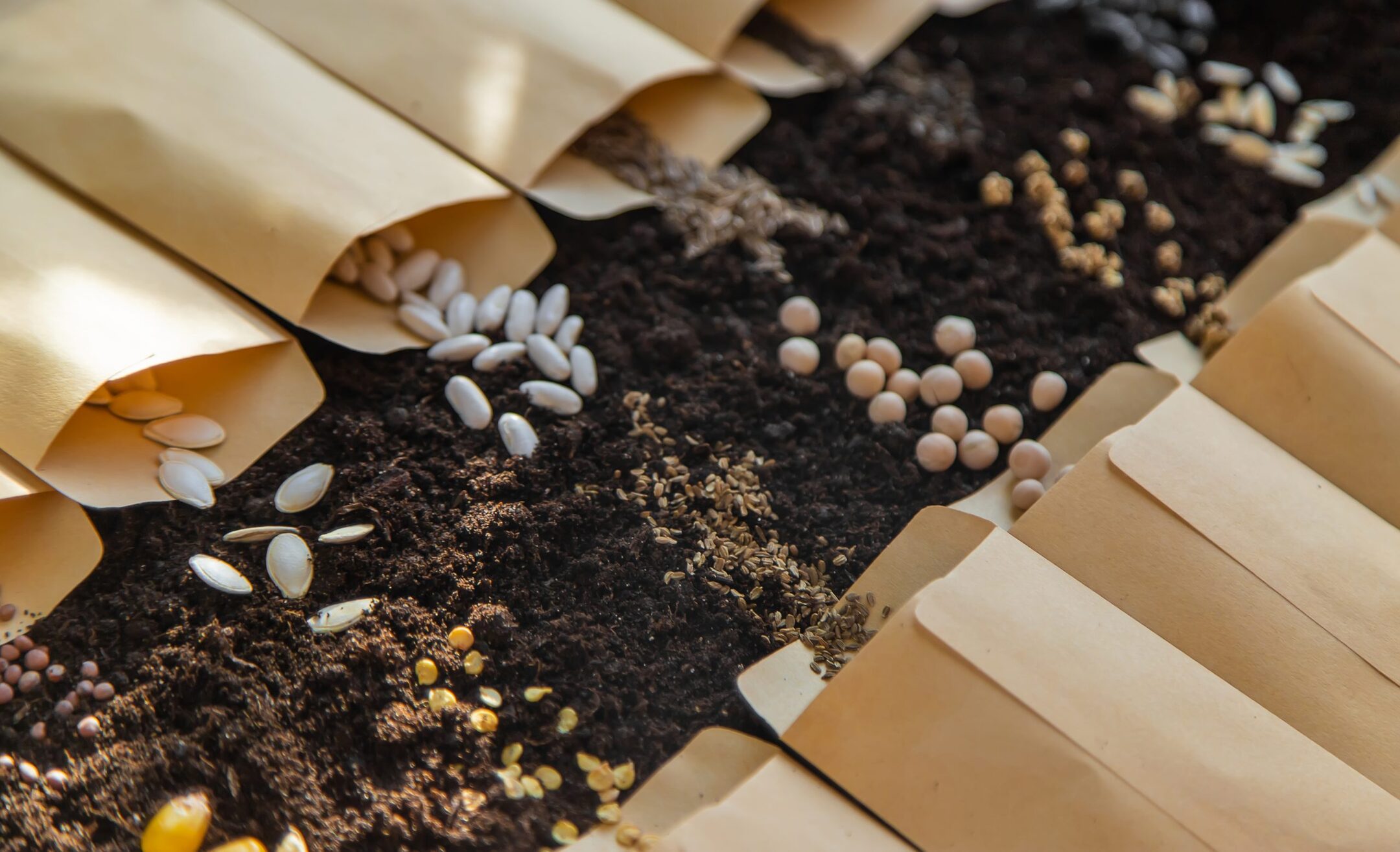
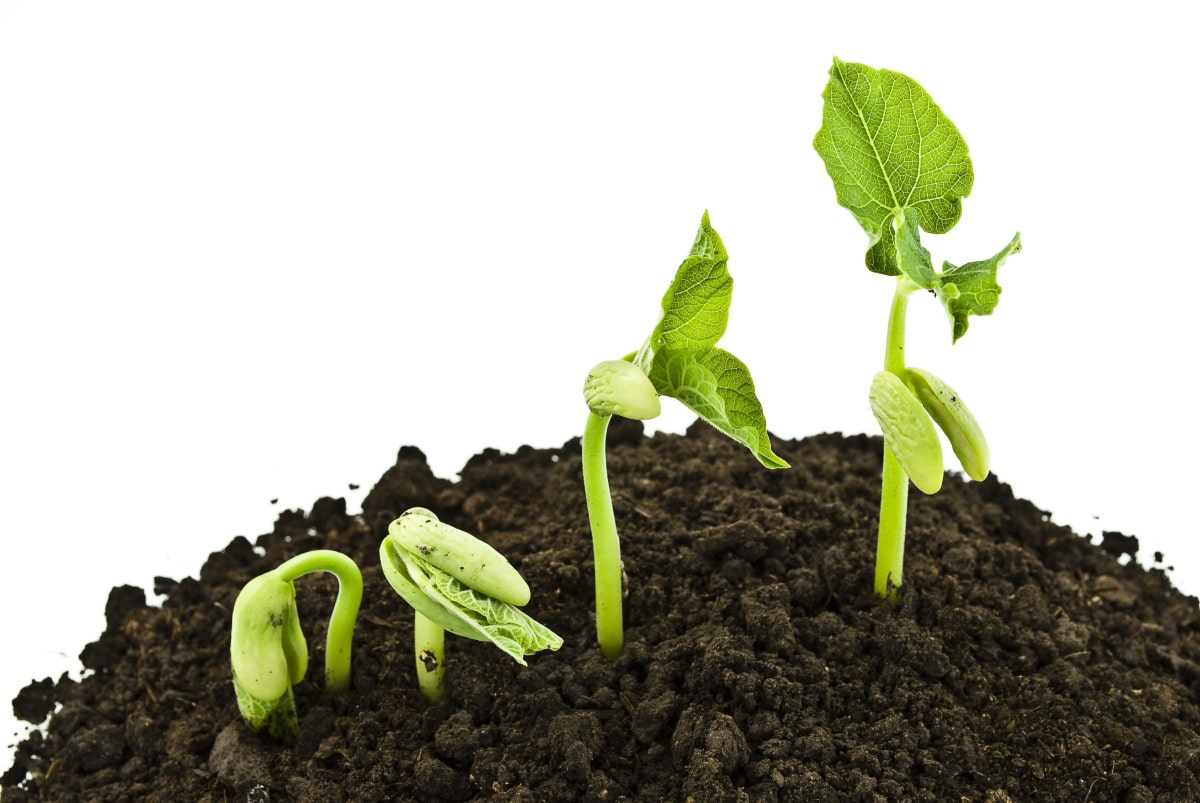
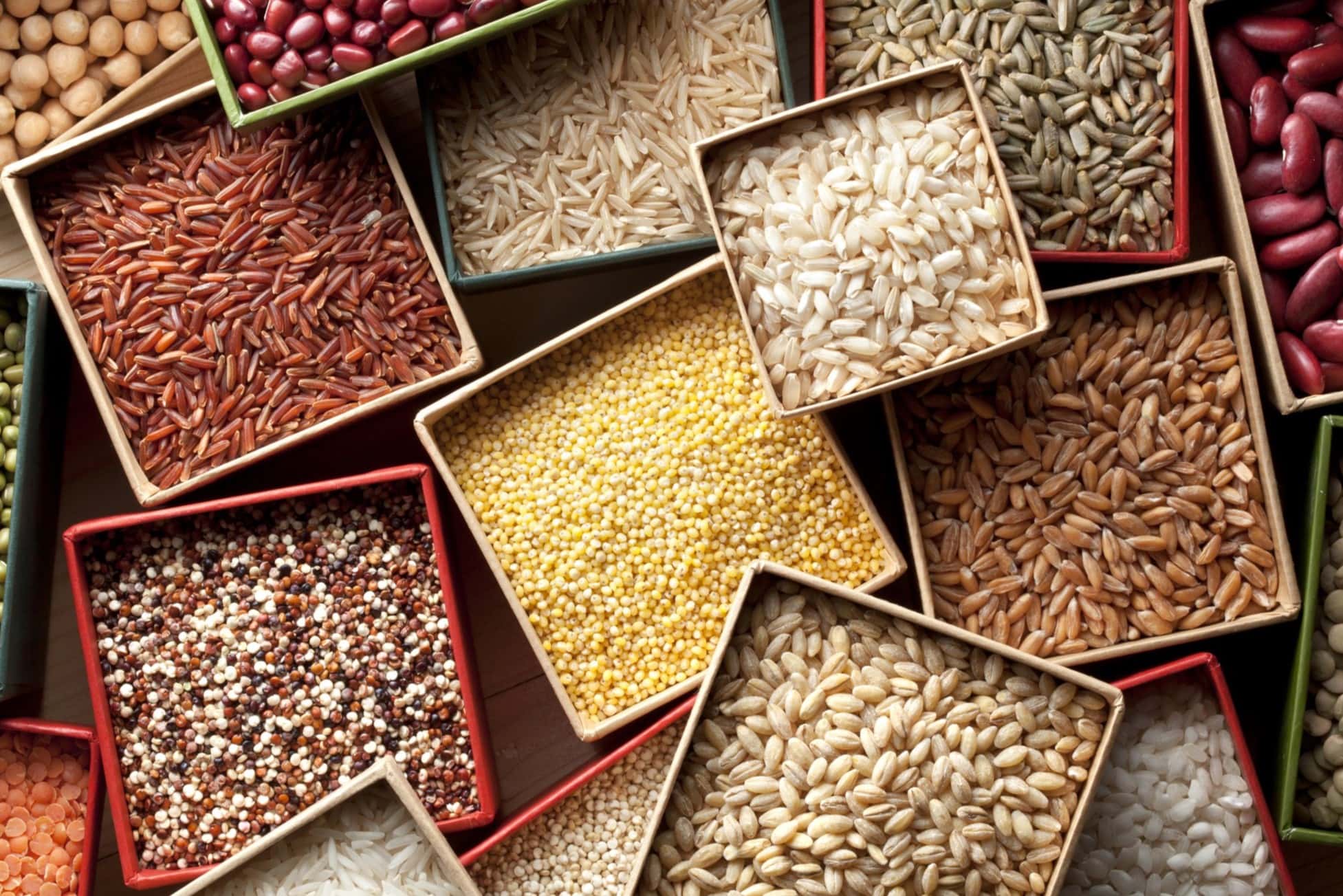
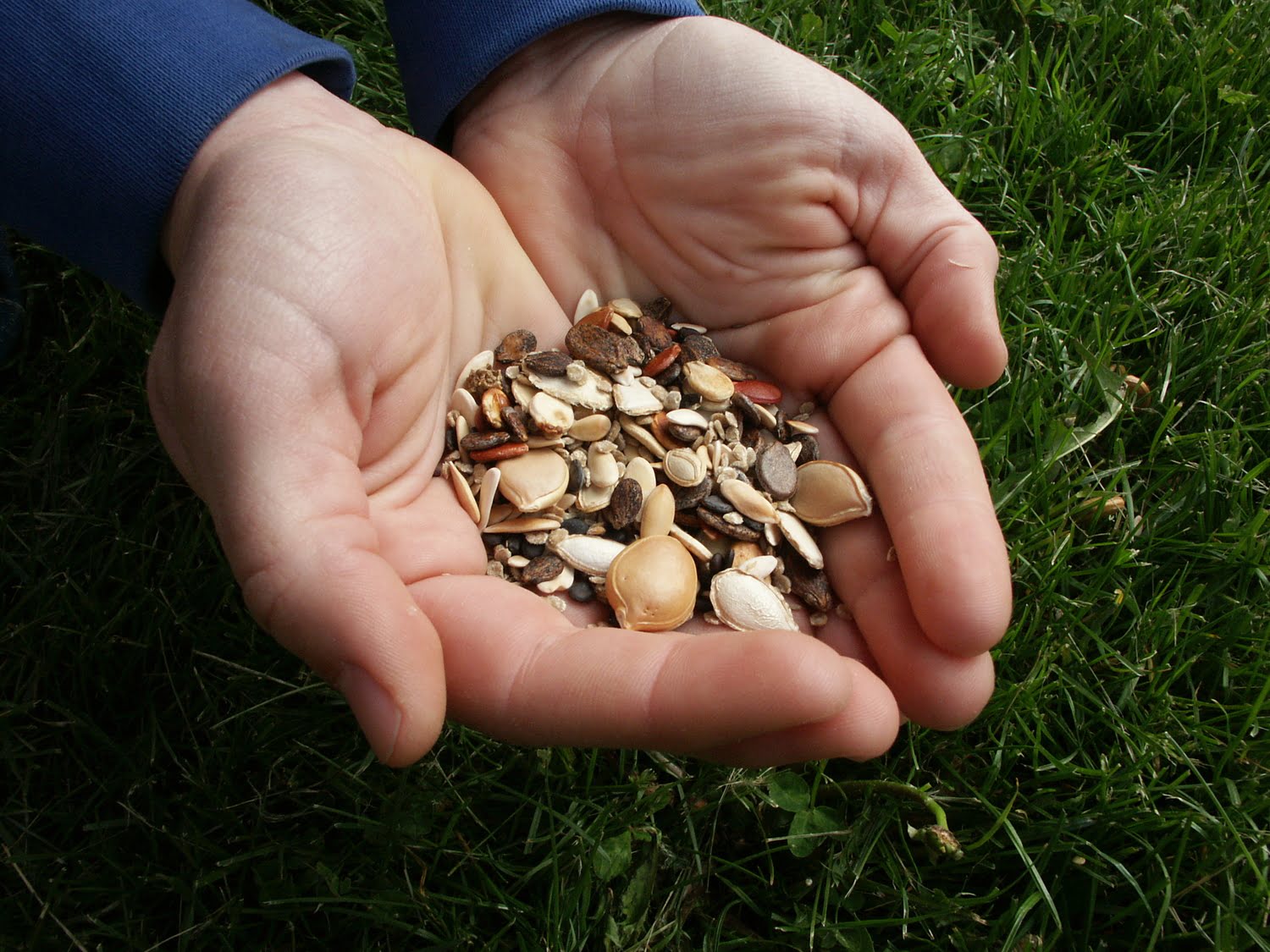
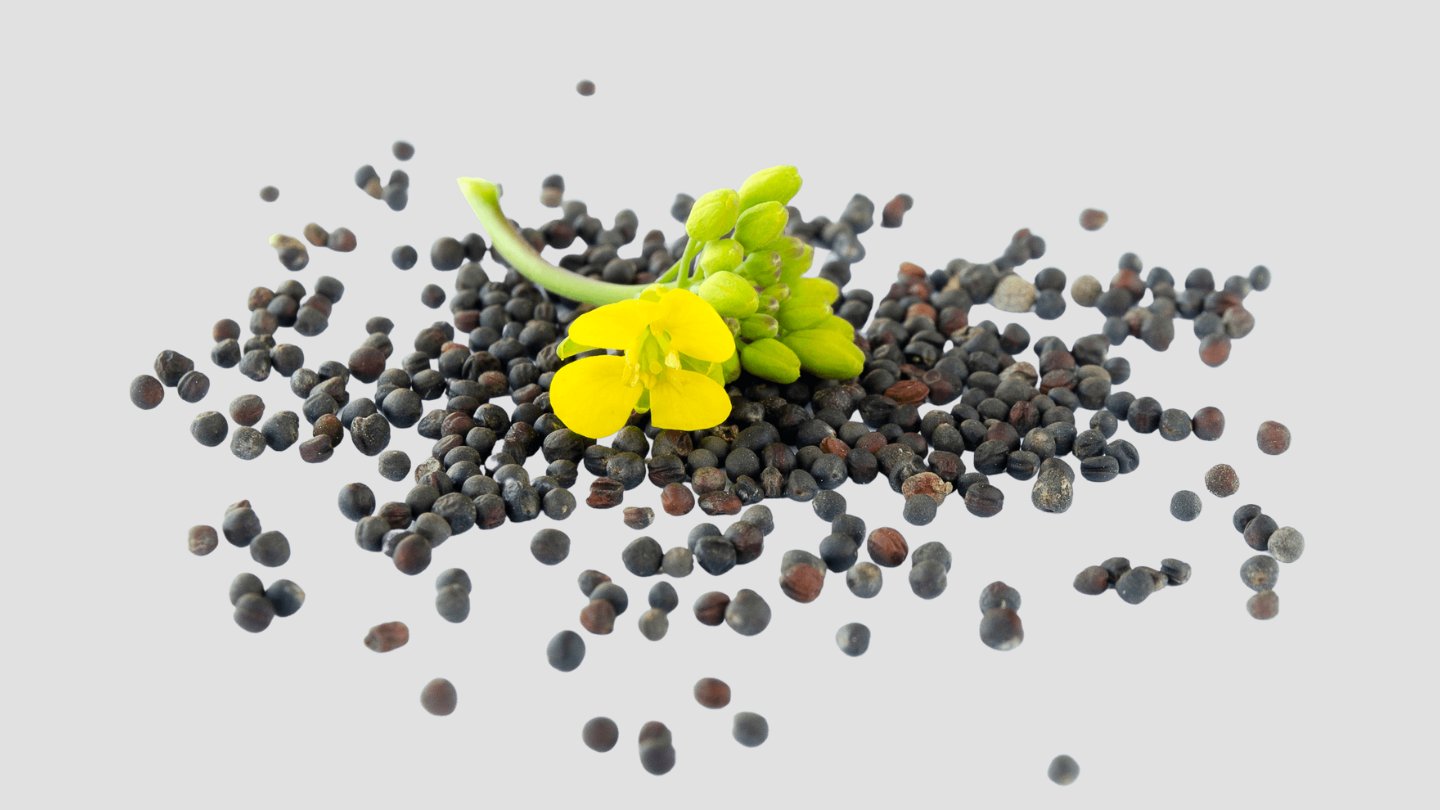
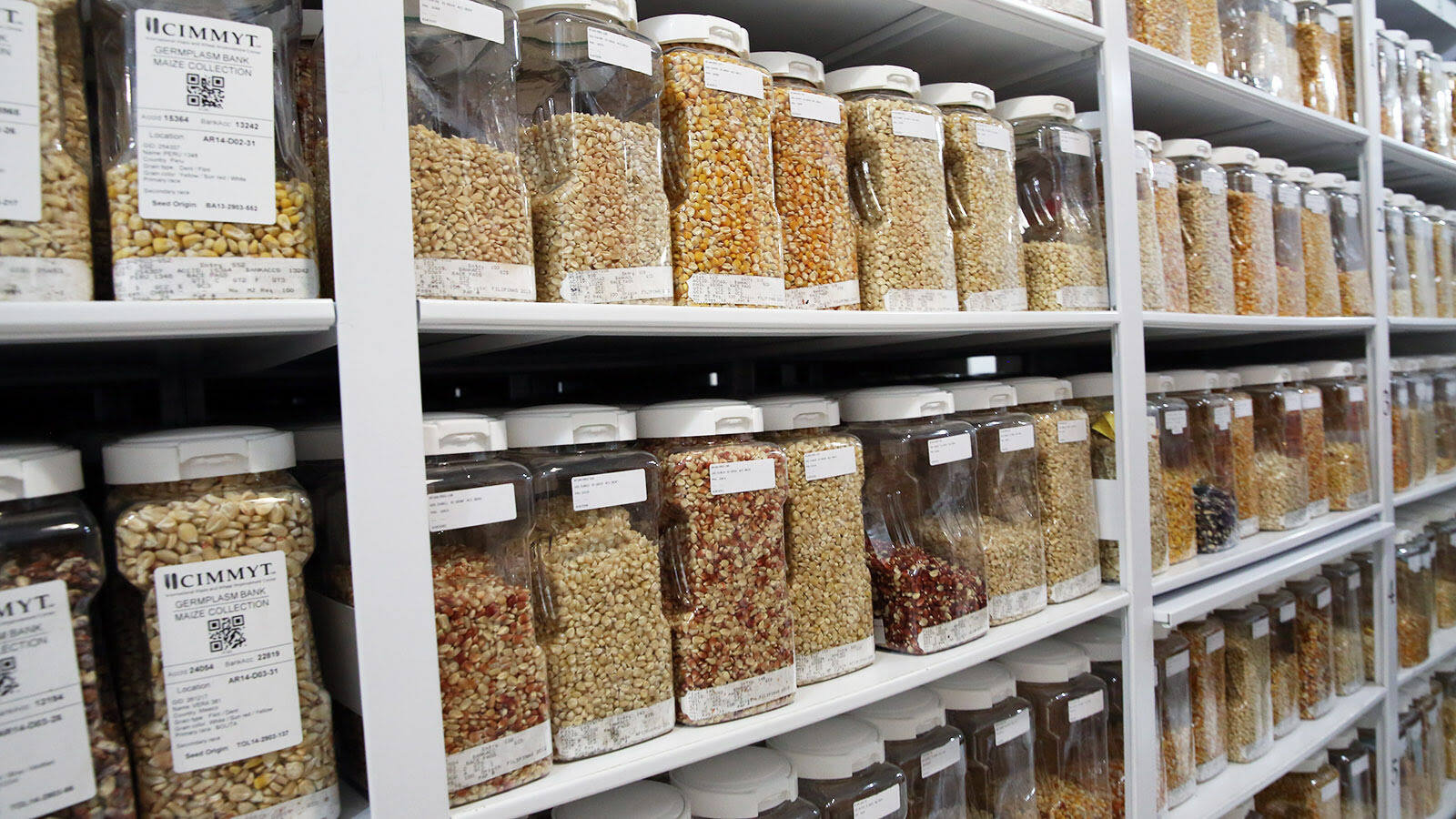
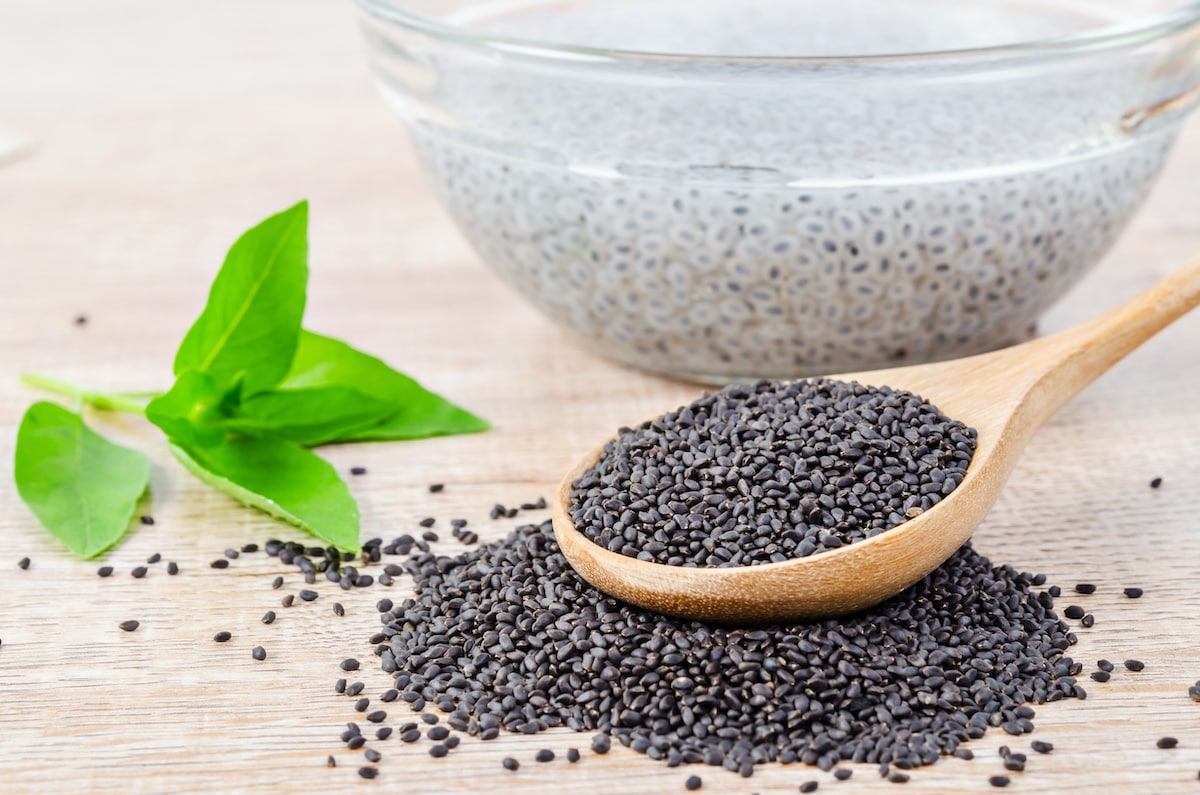
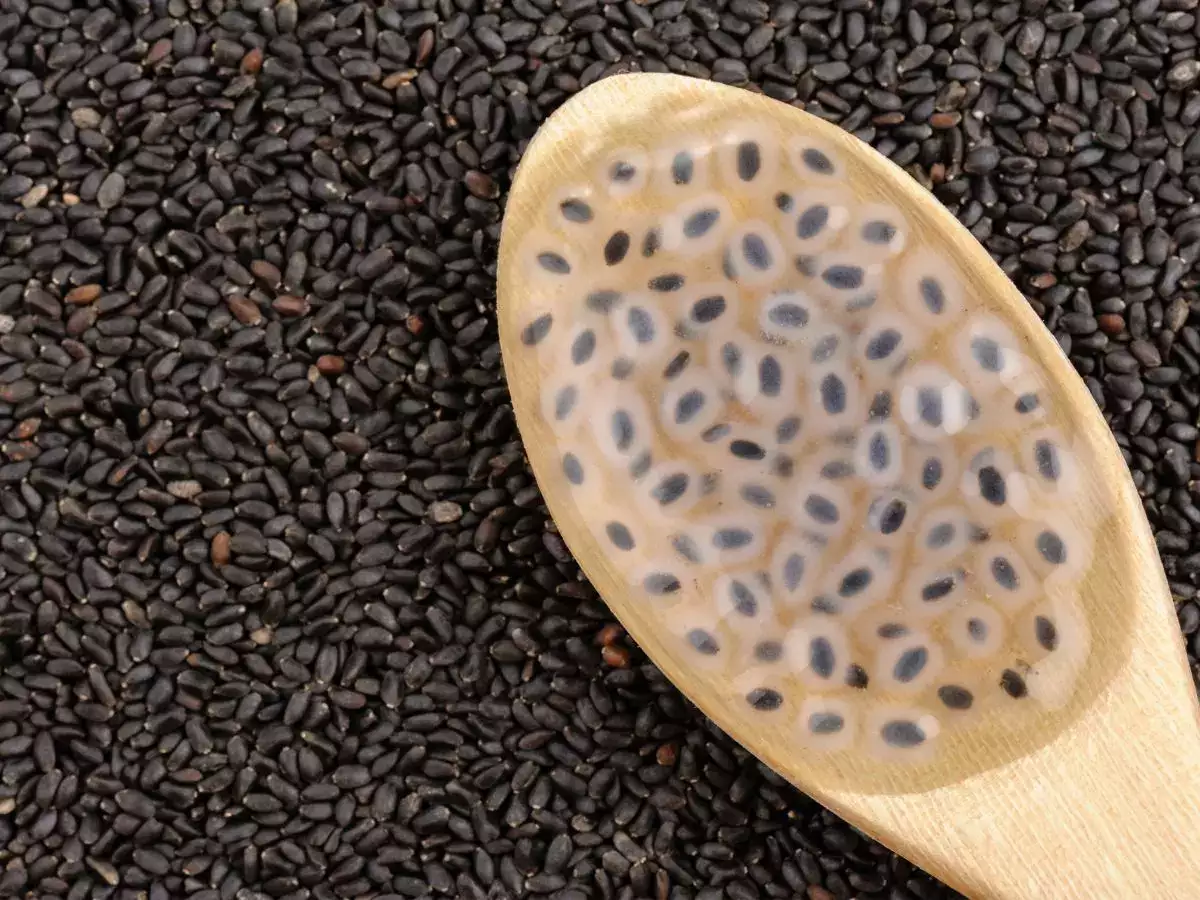

0 thoughts on “What Is A Seed Bomb”